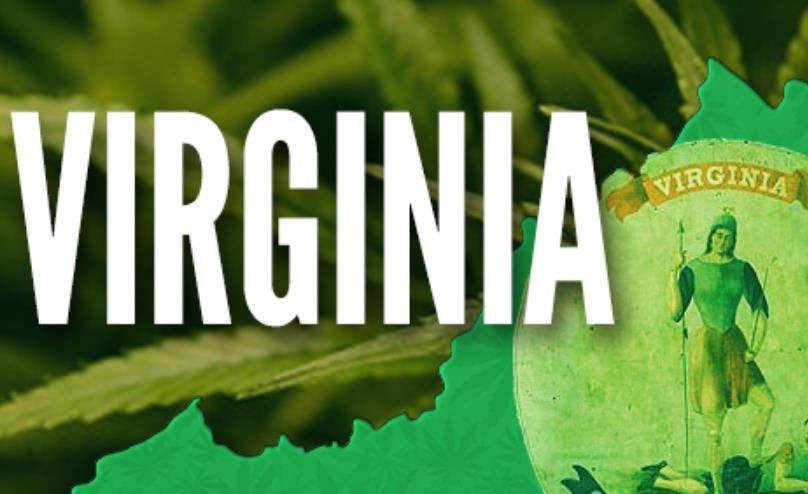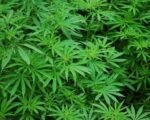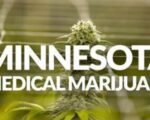Cannabis exposure calls are calls made to poison centers when someone has ingested or inhaled cannabis products, such as marijuana, edibles, or oils, and experiences adverse effects, such as nausea, vomiting, drowsiness, or anxiety. Cannabis exposure calls can indicate the level of cannabis use and misuse in a population, as well as the potential risks and harms associated with cannabis products.
A recent report by 13News Now analyzed the data on cannabis exposure calls in Virginia, and found some interesting trends and patterns. The report looked at the data from the Virginia Poison Center and the Blue Ridge Poison Center, which cover the entire state of Virginia, from 2018 to 2021.

Cannabis Exposure Calls in Virginia: A Decline in 2021
The report found that cannabis exposure calls in Virginia declined in 2021, compared to the previous years. In 2021, there were 374 cannabis exposure calls, which was a 16% decrease from 2020, when there were 447 calls, and a 25% decrease from 2019, when there were 498 calls.
The report attributed the decline in cannabis exposure calls in 2021 to several factors, such as:
- The legalization of adult recreational use of cannabis in Virginia, which took effect on July 1, 2021. The legalization allowed adults 21 and older to possess up to one ounce of cannabis, and to grow up to four plants per household. The legalization also reduced the stigma and fear of cannabis use, and encouraged more responsible and informed consumption.
- The COVID-19 pandemic, which reduced the social and recreational activities and gatherings, where cannabis use and sharing might occur. The pandemic also increased the awareness and caution of health and safety issues, and the availability and access of health care services and resources.
- The education and prevention efforts by the poison centers, the government, and the community, which provided more information and guidance on the effects and risks of cannabis products, especially the newer and more potent ones, such as edibles, oils, and concentrates. The education and prevention efforts also promoted the safe storage and disposal of cannabis products, and the proper response and treatment of cannabis exposure cases.
Cannabis Exposure Calls in Virginia: An Increase in Some Areas and Groups
The report also found that cannabis exposure calls in Virginia increased in some areas and groups, despite the overall decline in 2021. The report identified some of the areas and groups that saw an increase in cannabis exposure calls, such as:
- The Hampton Roads region, which covers the southeastern part of Virginia, including the cities of Norfolk, Virginia Beach, and Newport News. The Hampton Roads region had 118 cannabis exposure calls in 2021, which was a 32% increase from 2020, when there were 89 calls, and a 49% increase from 2019, when there were 79 calls.
- The children under 12 years old, who accounted for 22% of the cannabis exposure calls in 2021, which was a 10% increase from 2020, when they accounted for 12%, and a 16% increase from 2019, when they accounted for 6%. The children under 12 years old were mostly exposed to cannabis products accidentally, by ingesting or touching them, and they experienced more severe and prolonged effects, such as seizures, coma, and respiratory distress.
- The users of Delta-8 THC, which is a synthetic cannabinoid that mimics the effects of THC, the main psychoactive component of cannabis. Delta-8 THC is marketed as a legal and milder alternative to THC, but it can also cause adverse effects, such as paranoia, hallucinations, and chest pain. Delta-8 THC is not regulated or tested by the government, and its potency and purity can vary widely. Delta-8 THC exposure calls increased from 2 in 2020 to 18 in 2021.
The report suggested that the increase in cannabis exposure calls in some areas and groups was due to several factors, such as:
- The lack of regulation and oversight of the cannabis market and products, which created uncertainty and inconsistency in the quality, quantity, and labeling of cannabis products, and increased the risk of contamination and adulteration. The lack of regulation and oversight also enabled the proliferation and availability of unlicensed and untested cannabis products, such as Delta-8 THC, which could be sold online or in convenience stores.
- The lack of awareness and education of the effects and risks of cannabis products, especially among the new and inexperienced users, who might not know how to dose, consume, or store cannabis products properly, and who might not recognize or report the signs and symptoms of cannabis exposure. The lack of awareness and education also affected the parents and caregivers of children, who might not realize or prevent the potential access and exposure of children to cannabis products, especially the ones that look like candy or food, such as edibles.
- The lack of enforcement and compliance of the cannabis laws and rules, which created confusion and inconsistency in the legal status and availability of cannabis products, and increased the possibility of illegal and unsafe cannabis use and distribution. The lack of enforcement and compliance also affected the health care providers and responders, who might not have the adequate training, equipment, or protocols to deal with cannabis exposure cases, and who might face legal or ethical dilemmas in reporting or treating them.
Cannabis Exposure Calls in Virginia: A Need for More Data and Action
The report concluded that cannabis exposure calls in Virginia showed some interesting trends and patterns, but also some gaps and limitations in the data and action. The report recommended some of the needs and actions that could improve the situation and outcome of cannabis exposure calls in Virginia, such as:
- More data and research on the cannabis use and exposure in Virginia, which could provide more accurate and comprehensive information and insights on the prevalence, patterns, and impacts of cannabis use and exposure in the state, and inform the policy and practice of cannabis regulation and management.
- More action and collaboration by the government, the industry, and the community, which could enhance the regulation and oversight of the cannabis market and products, and ensure the quality, safety, and transparency of cannabis products. More action and collaboration could also increase the awareness and education of the effects and risks of cannabis products, and promote the responsible and informed consumption of cannabis products. More action and collaboration could also improve the enforcement and compliance of the cannabis laws and rules, and protect the rights and interests of the cannabis users and non-users.
- More support and resources for the poison centers, the health care providers, and the responders, who could provide more timely and effective response and treatment of cannabis exposure cases, and reduce the morbidity and mortality of cannabis exposure. More support and resources could also provide more counseling and referral for the cannabis users and their families, and address the underlying and related issues of cannabis use and misuse, such as mental health, substance abuse, and social determinants of health.
Cannabis exposure calls are an important indicator and outcome of cannabis use and misuse in Virginia. Cannabis exposure calls can reveal the level and impact of cannabis use and misuse in the state, as well as the challenges and opportunities for cannabis regulation and management. Cannabis exposure calls can also guide and inform the actions and interventions that could prevent and reduce cannabis exposure, and improve the health and well-being of the cannabis users and the public.
For more information on cannabis exposure calls and the data on cannabis use and exposure in Virginia, visit 13newsnow.com.
Maria Garcia is an award-winning author who excels in creating engaging cannabis-centric articles that captivate audiences. Her versatile writing style allows her to cover a wide range of topics within the cannabis space, from advocacy and social justice to product reviews and lifestyle features. Maria’s dedication to promoting education and awareness about cannabis shines through in her thoughtfully curated content that resonates with both seasoned enthusiasts and newcomers alike.








